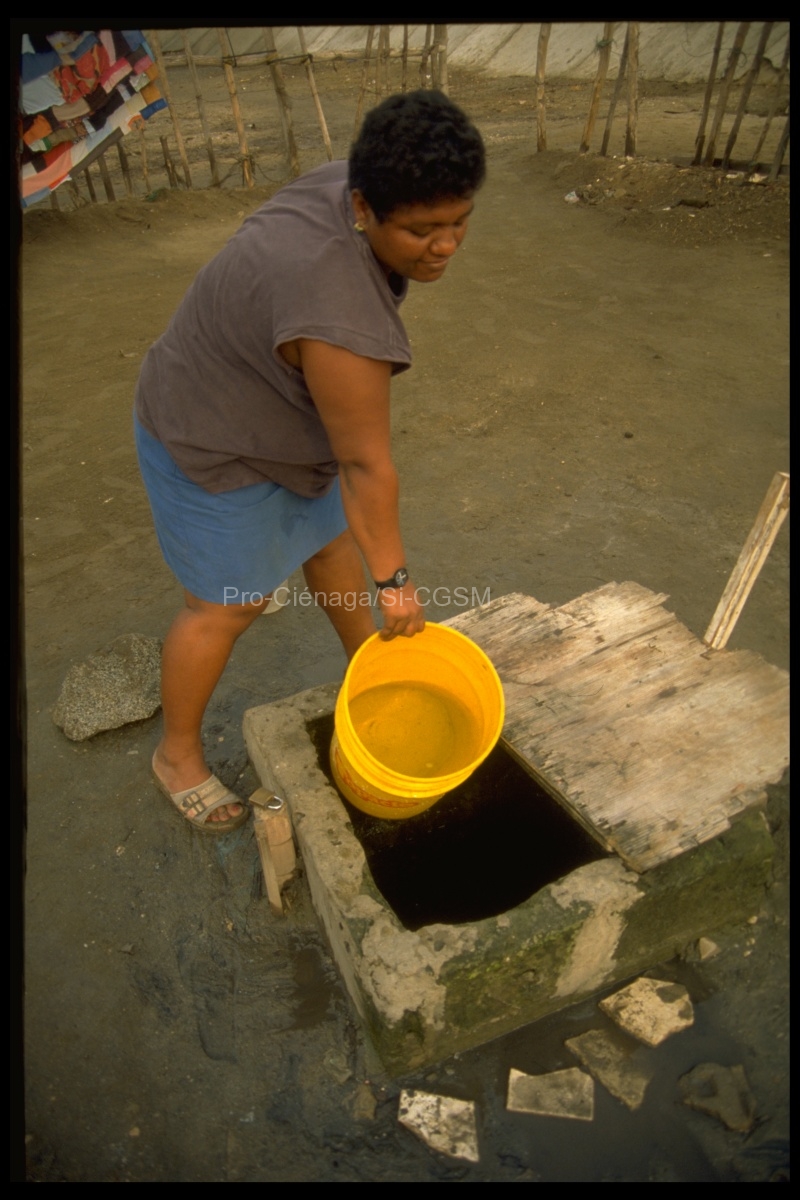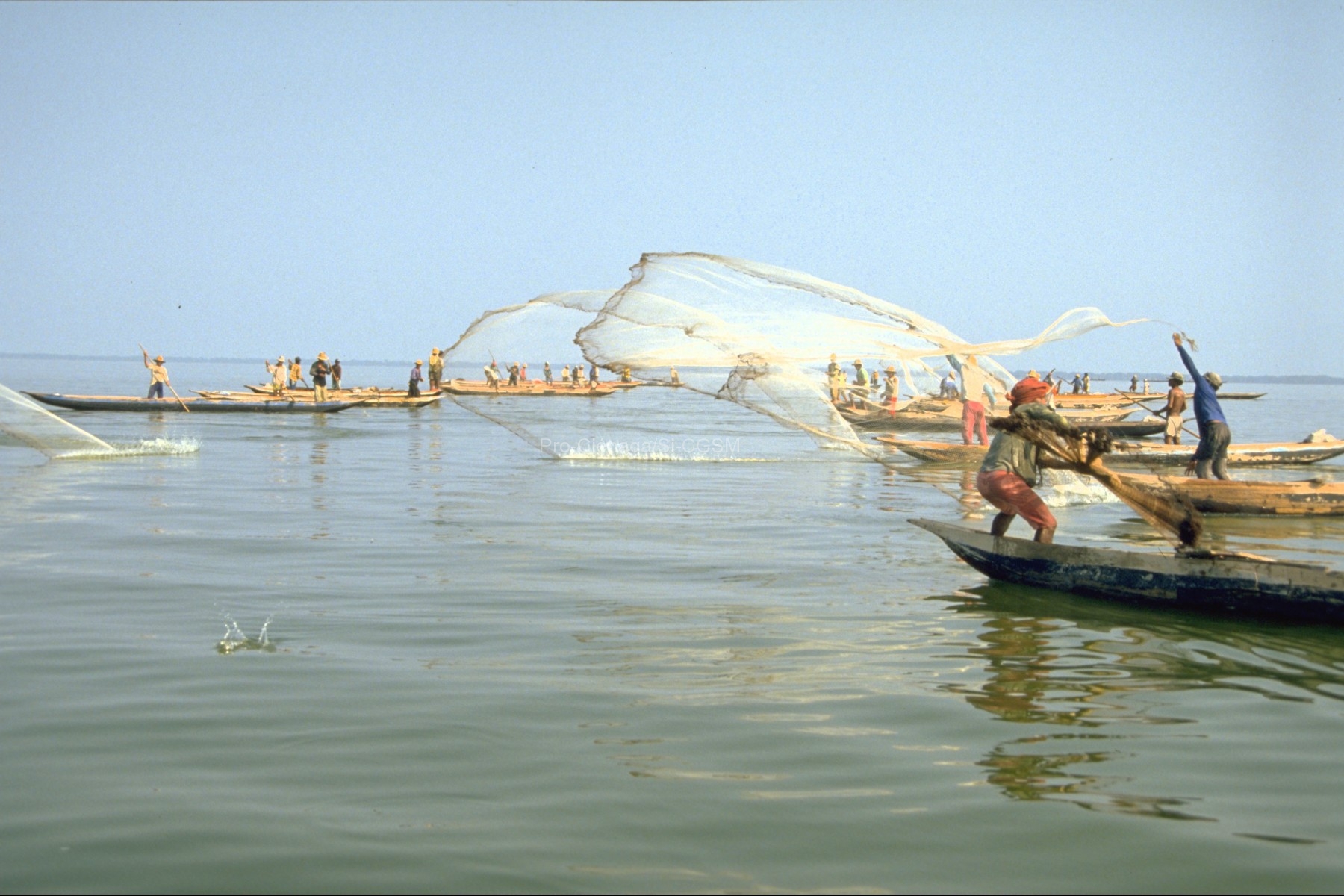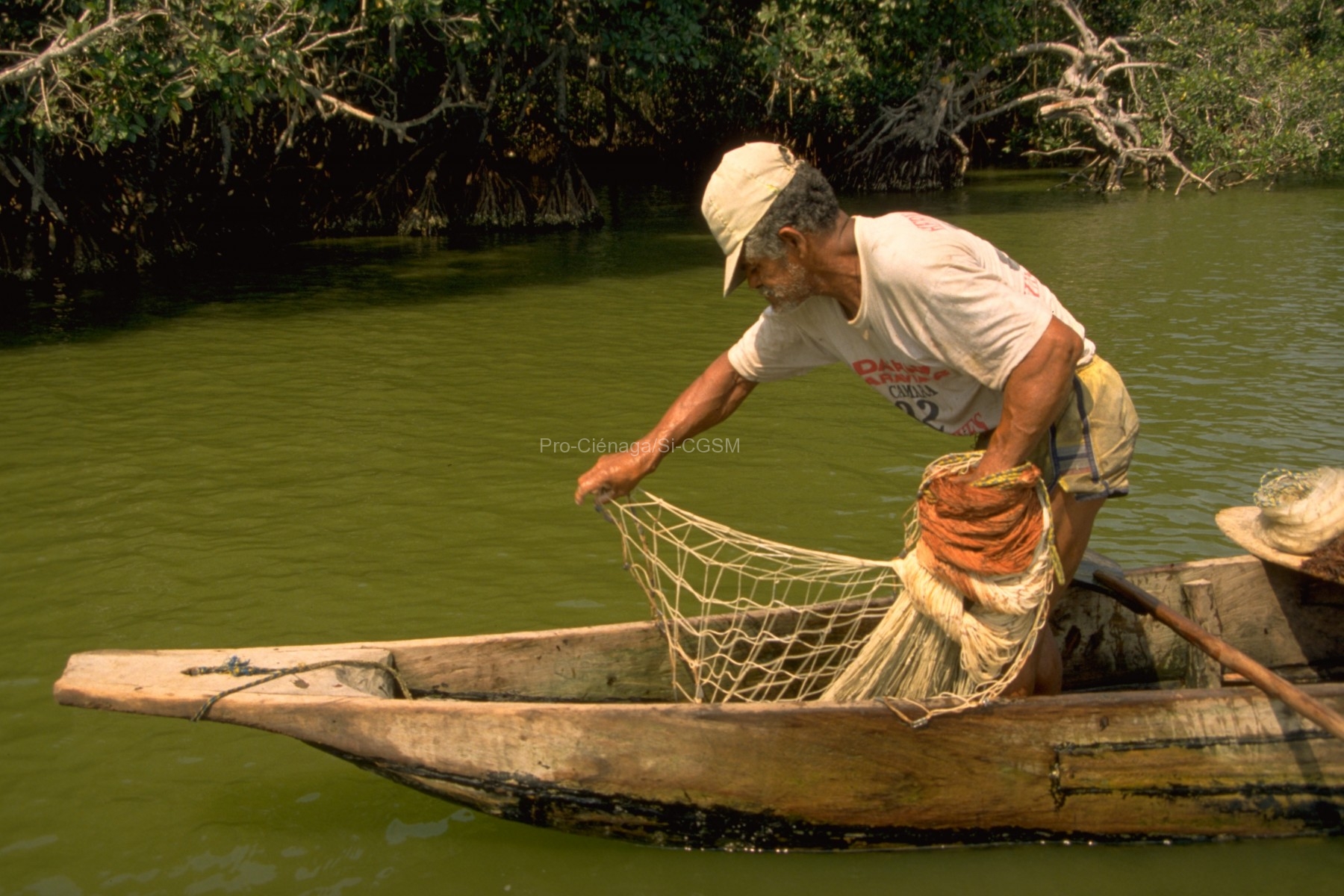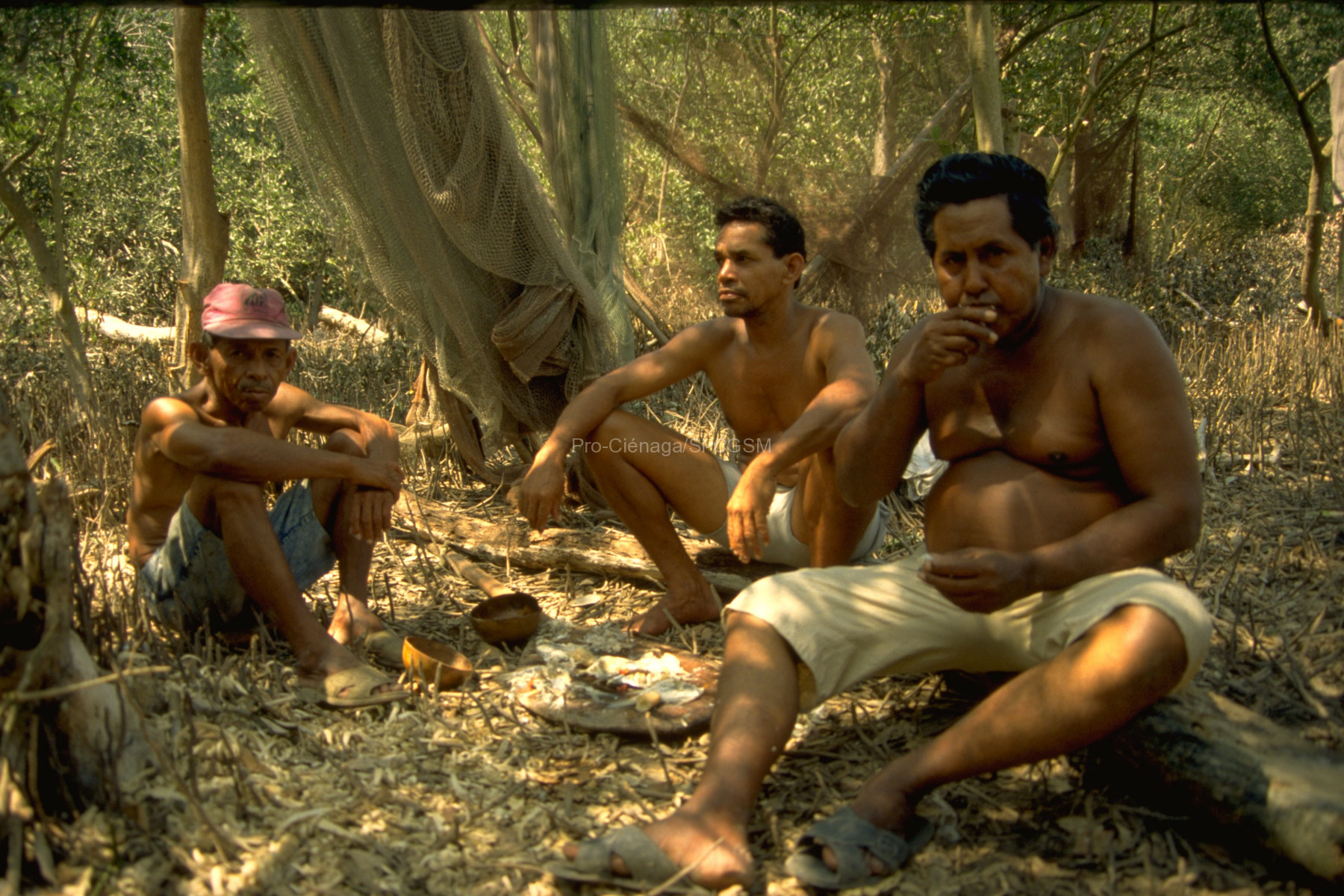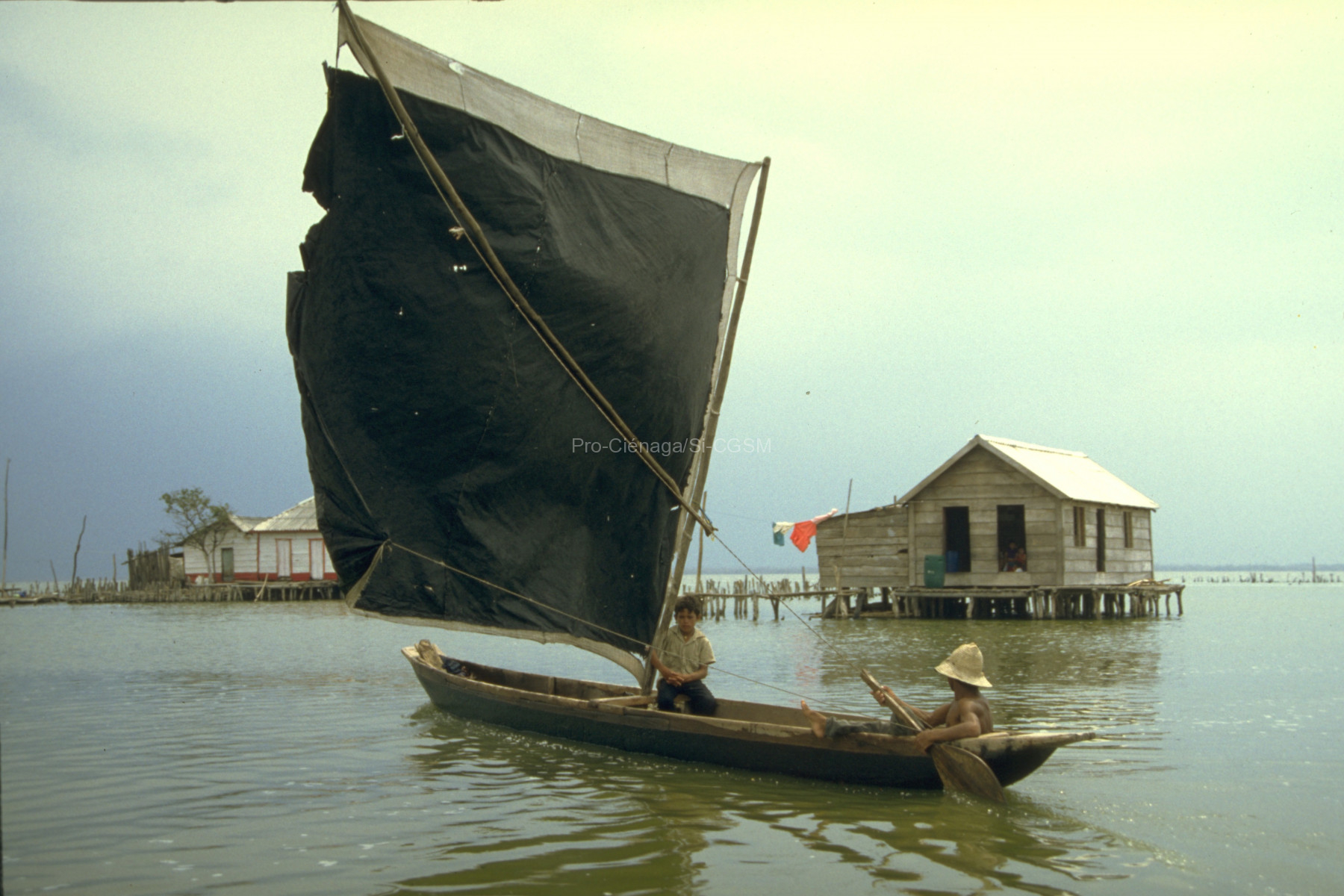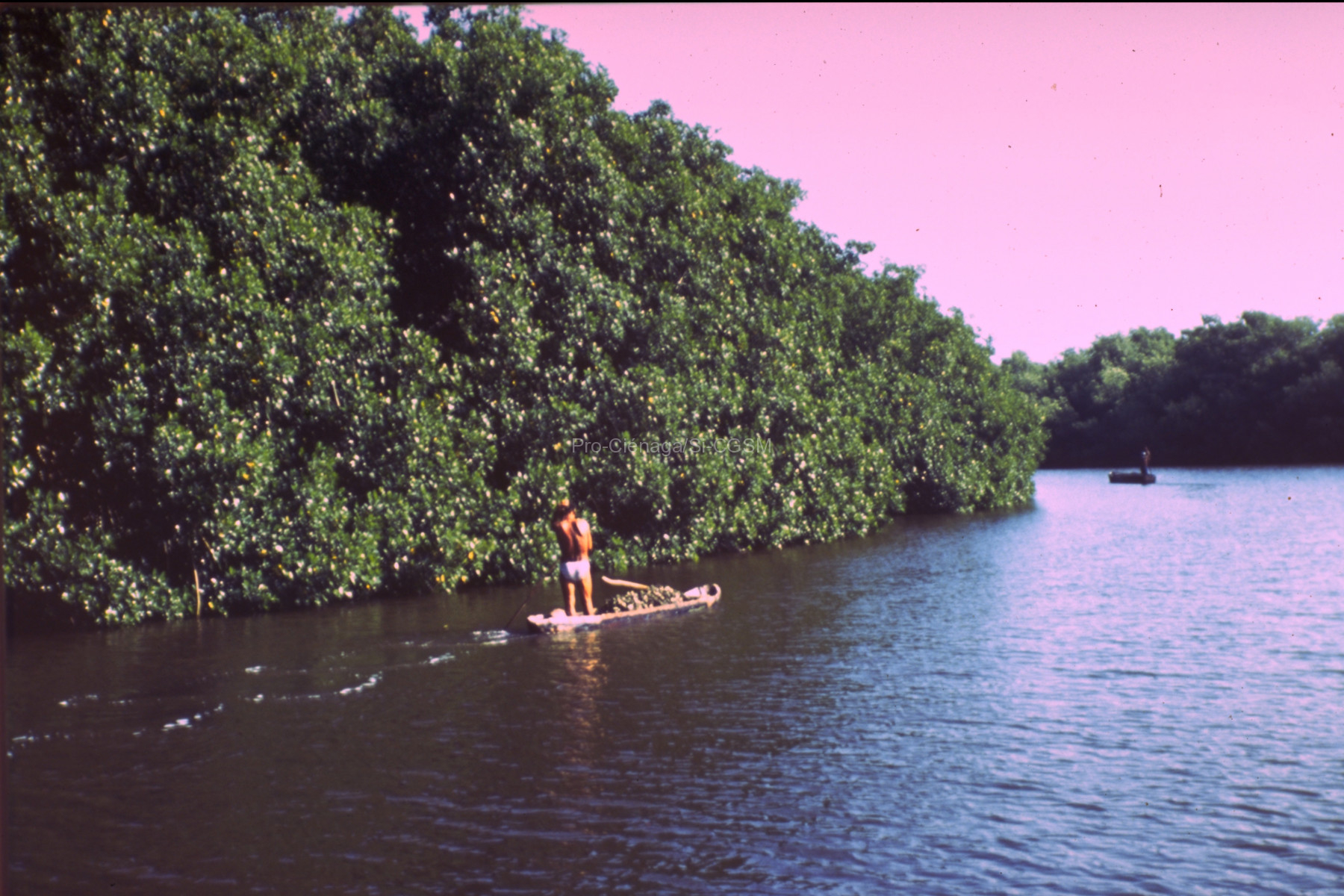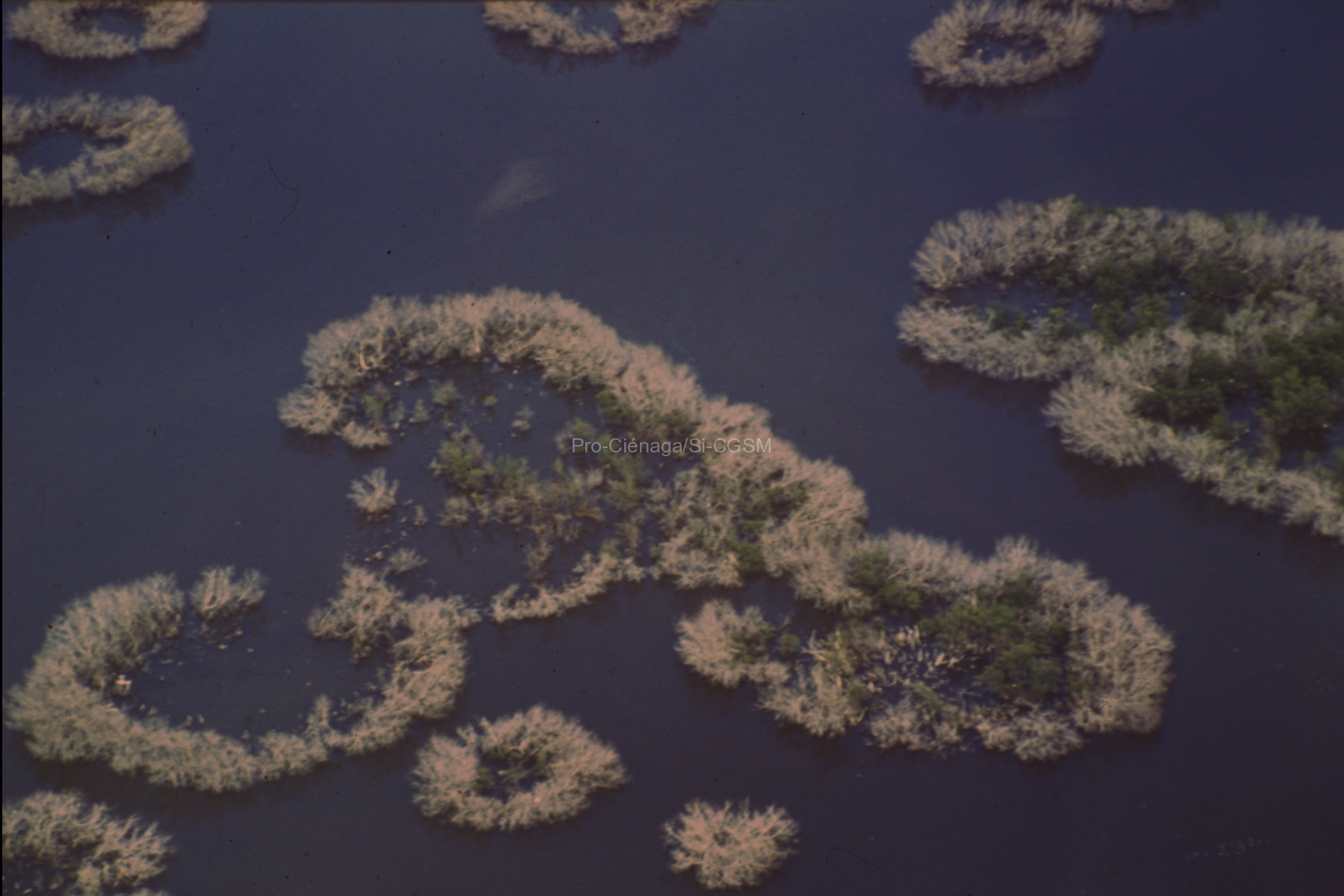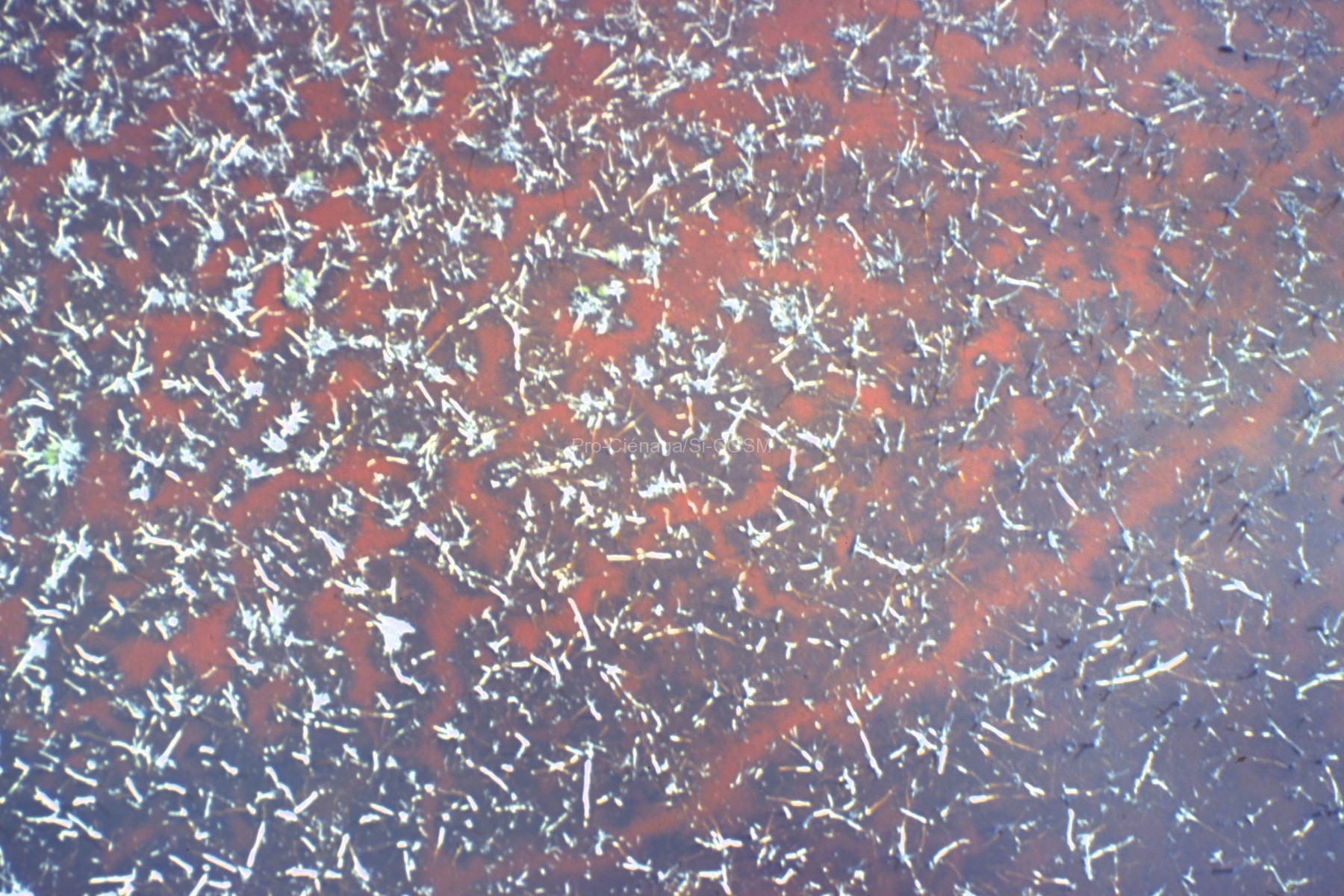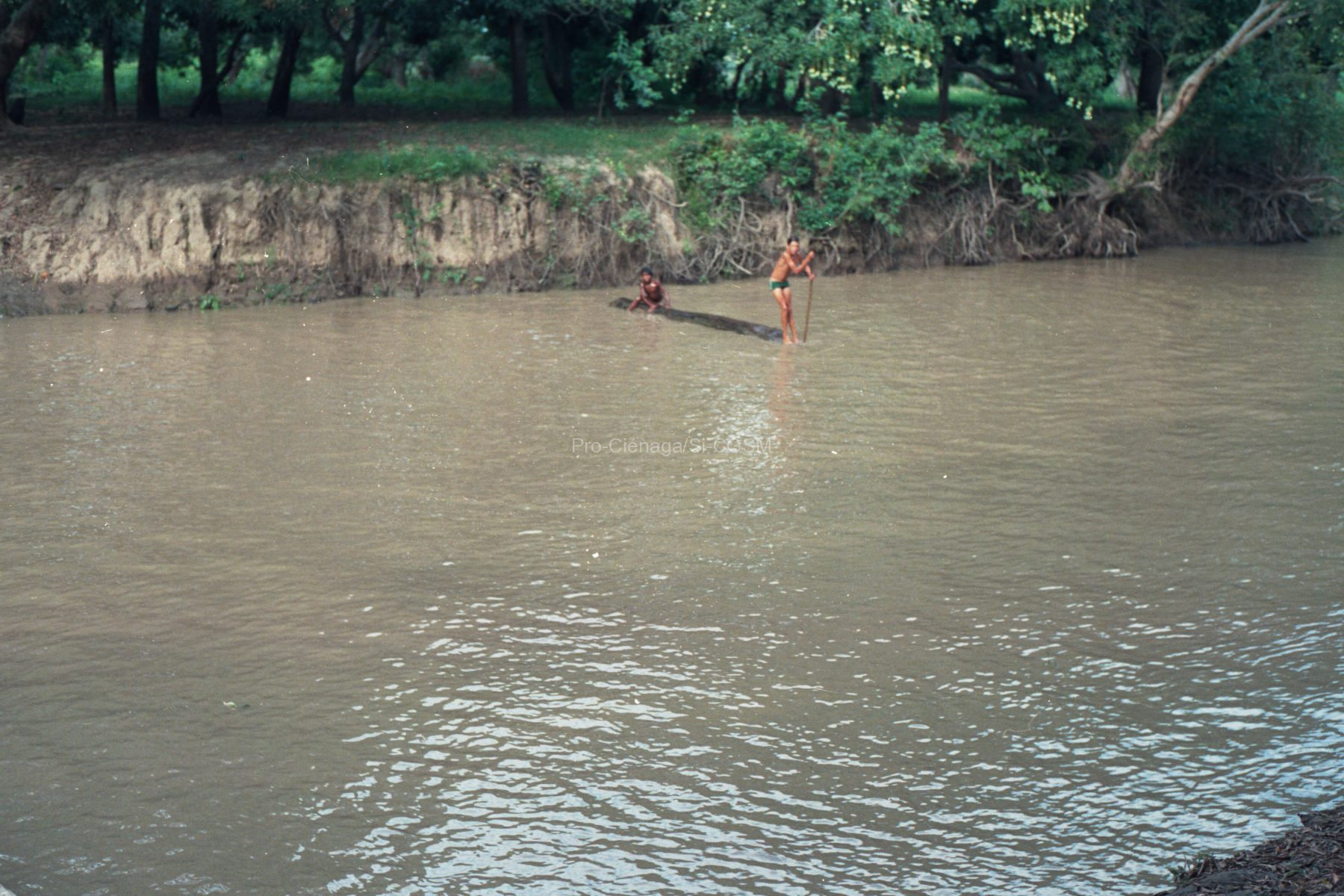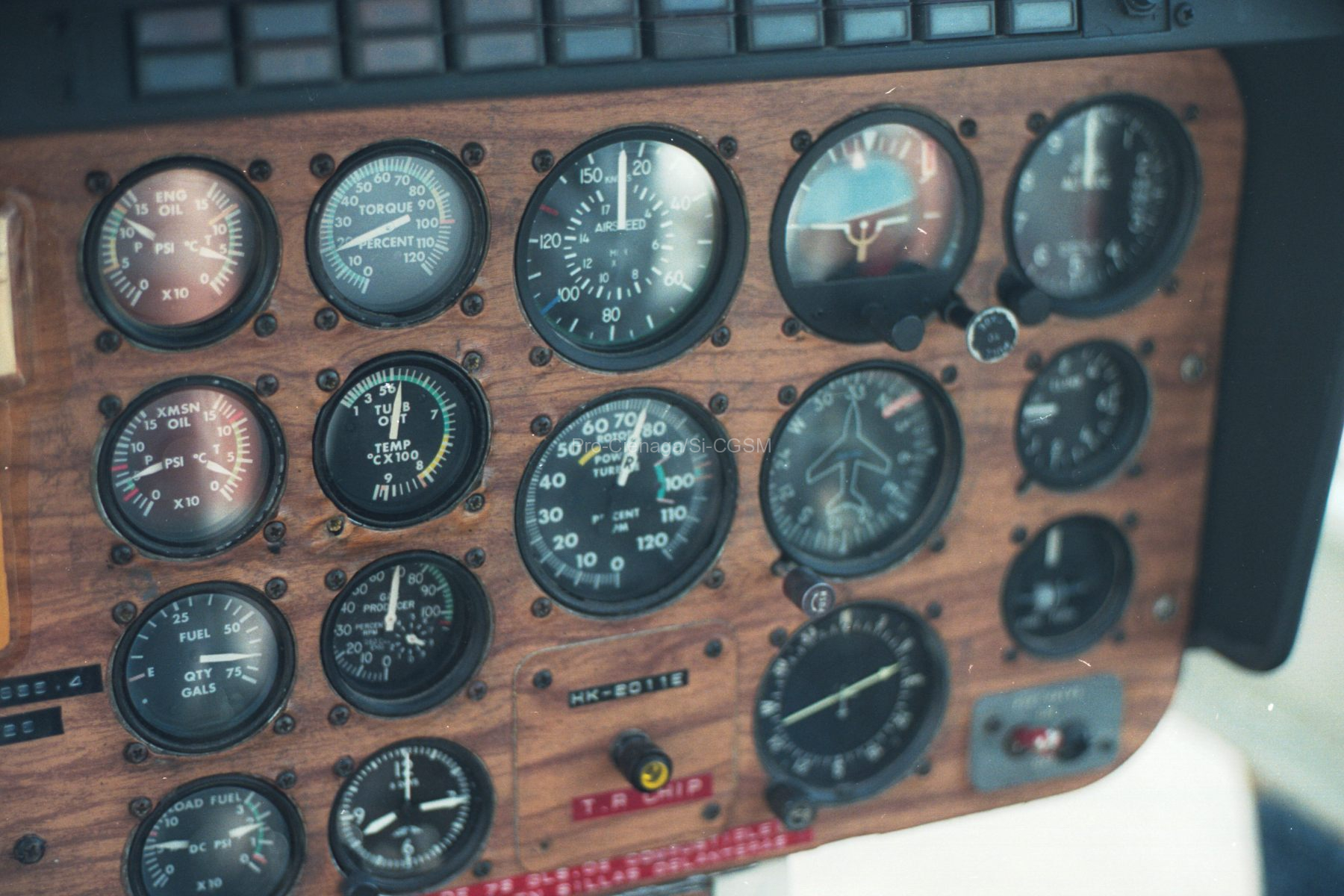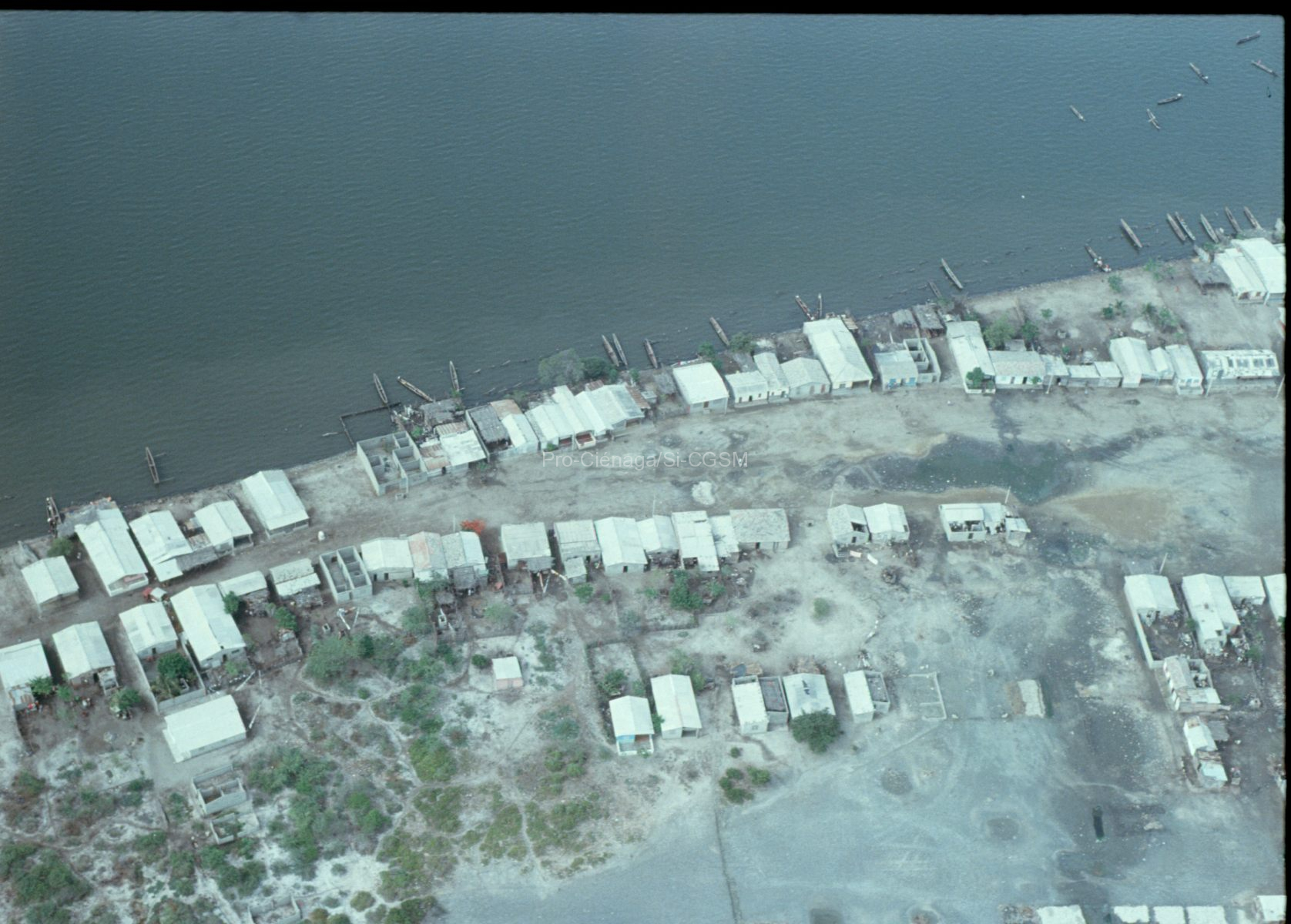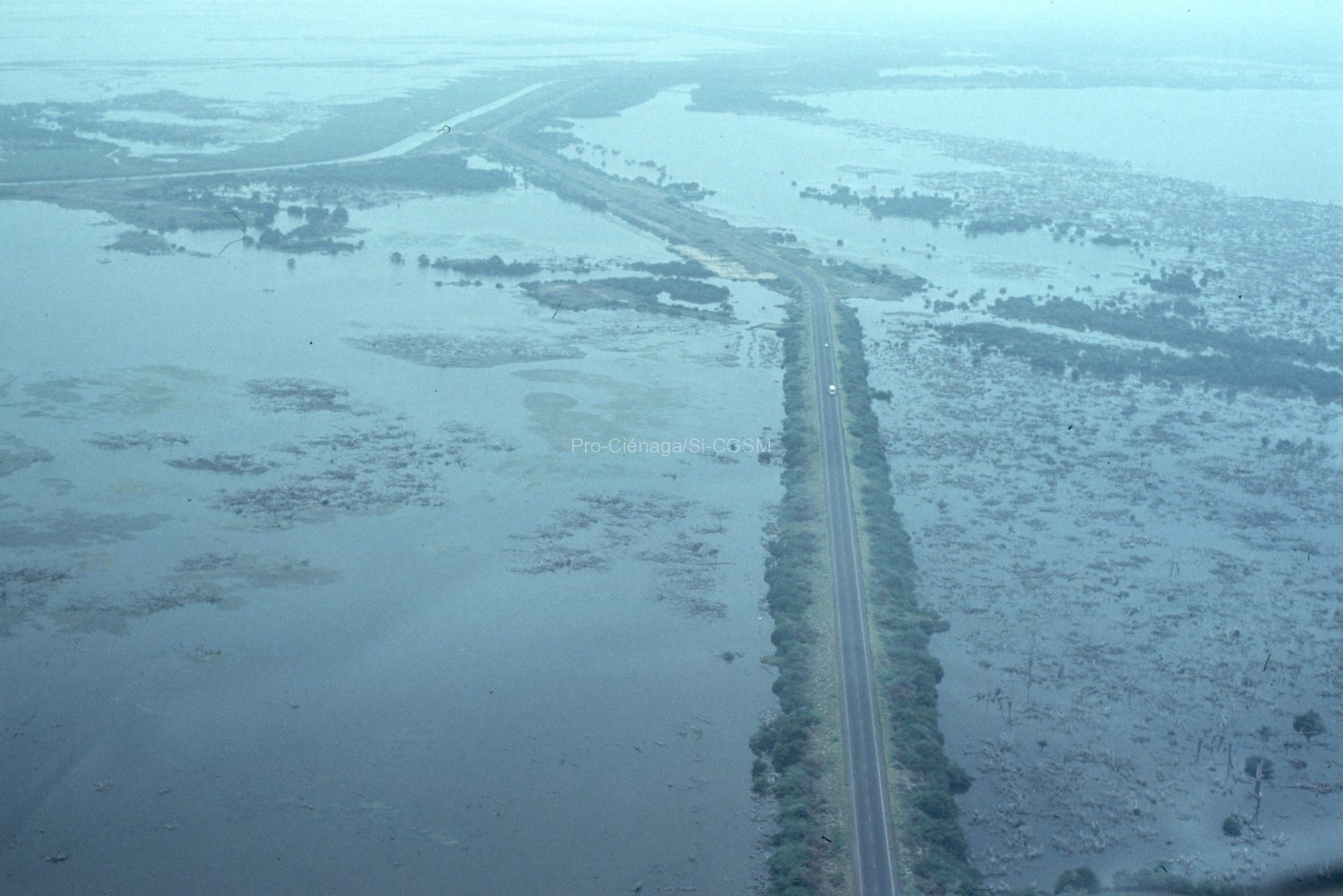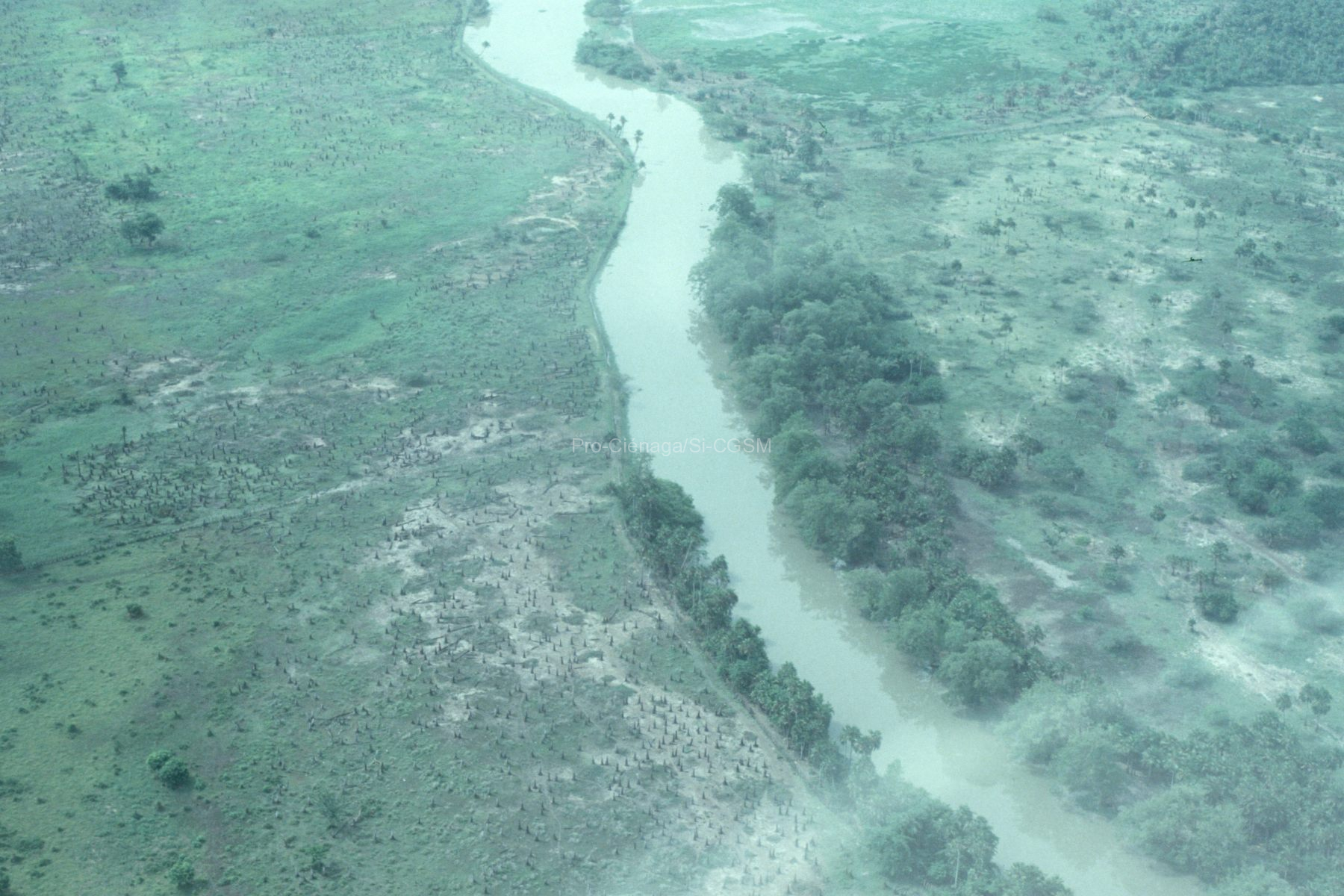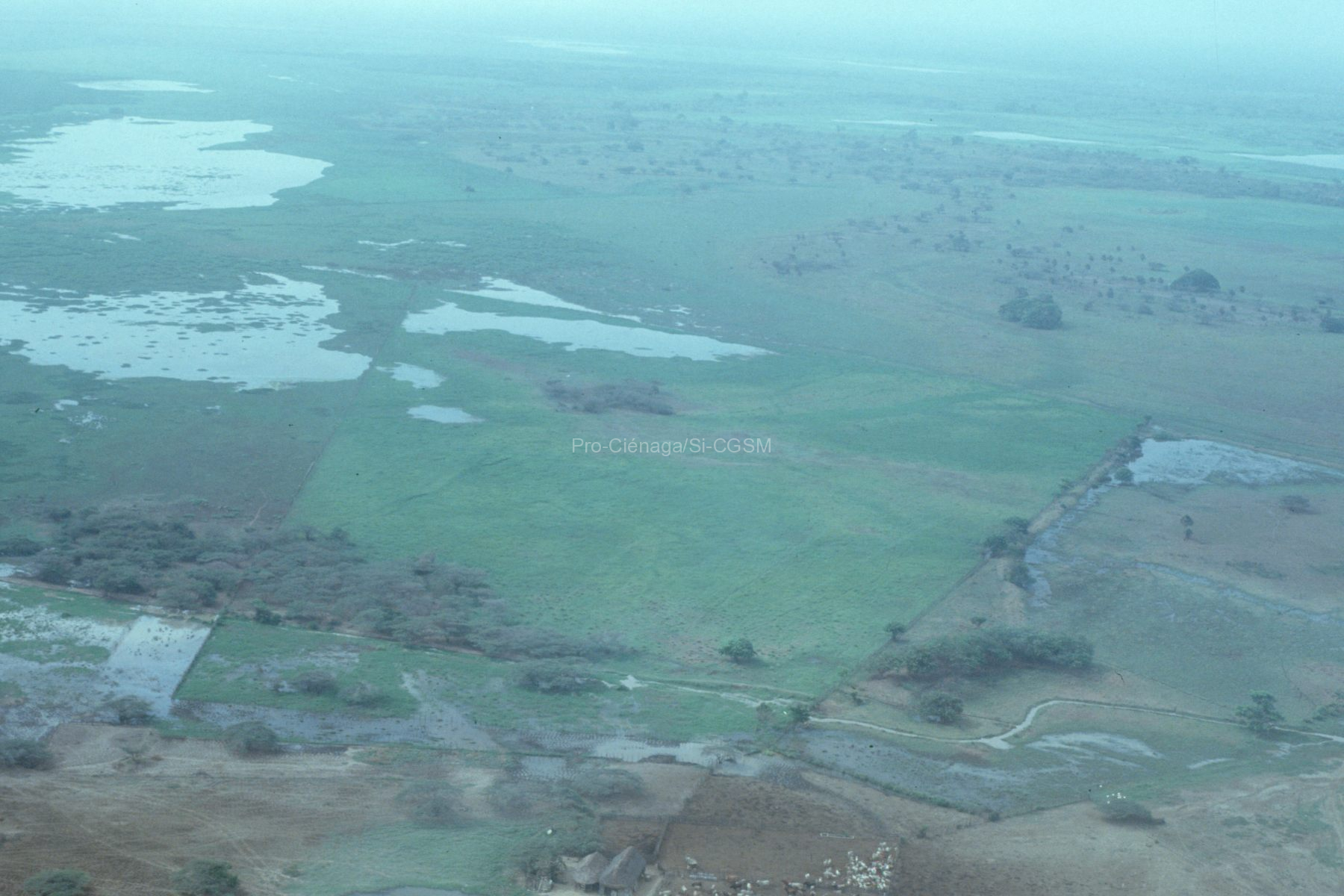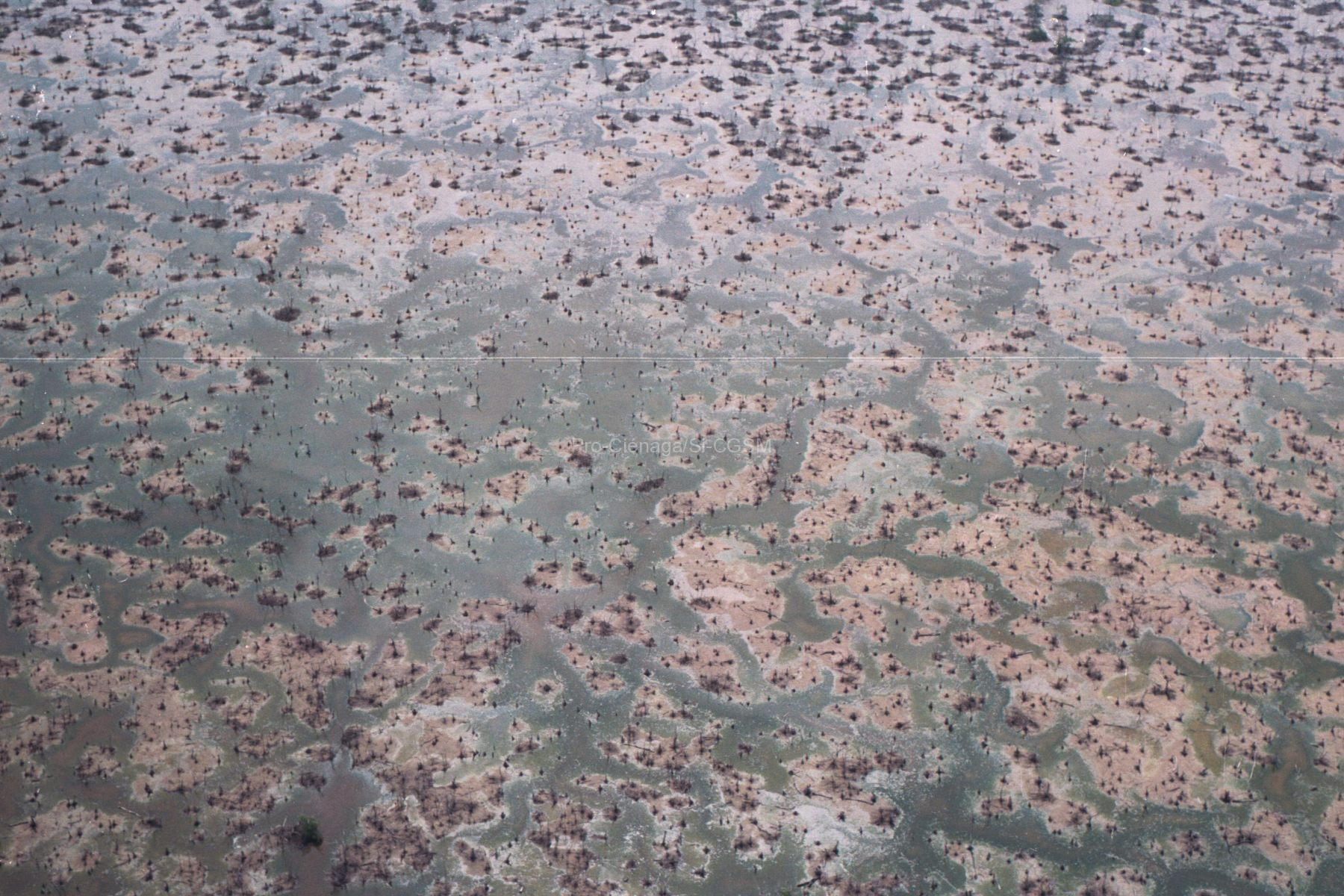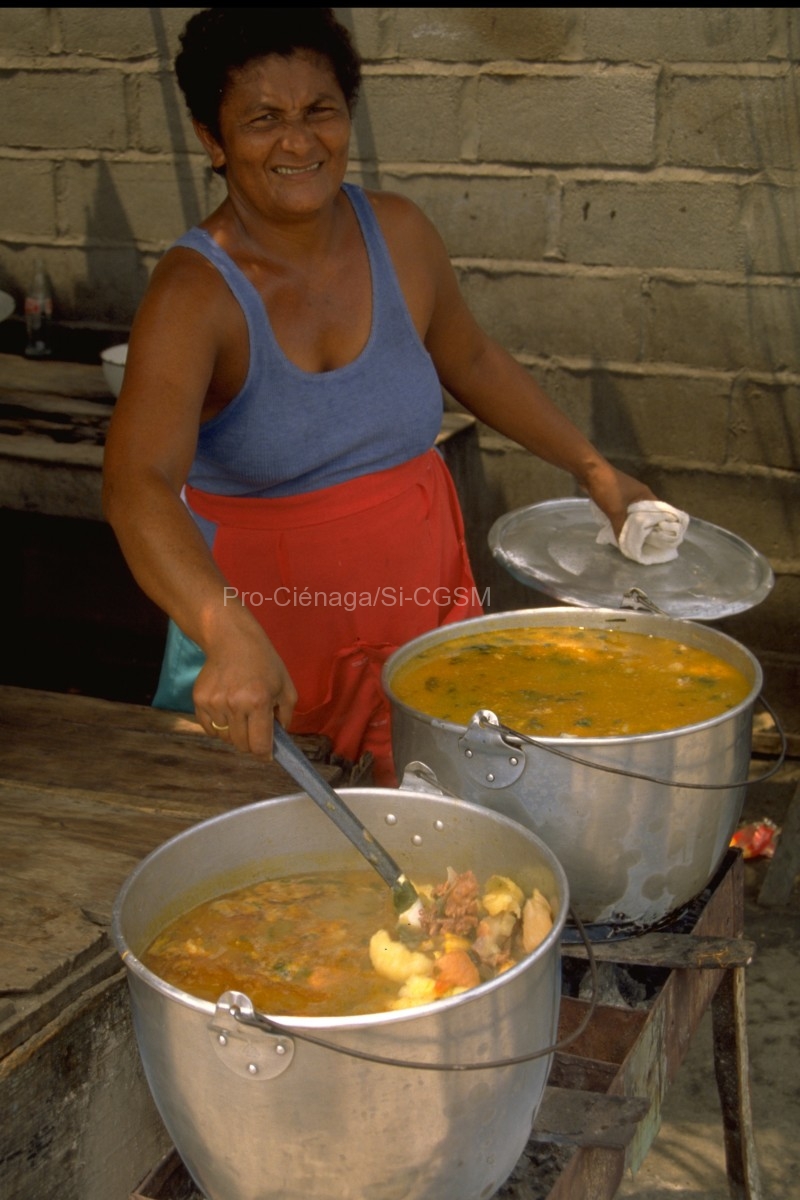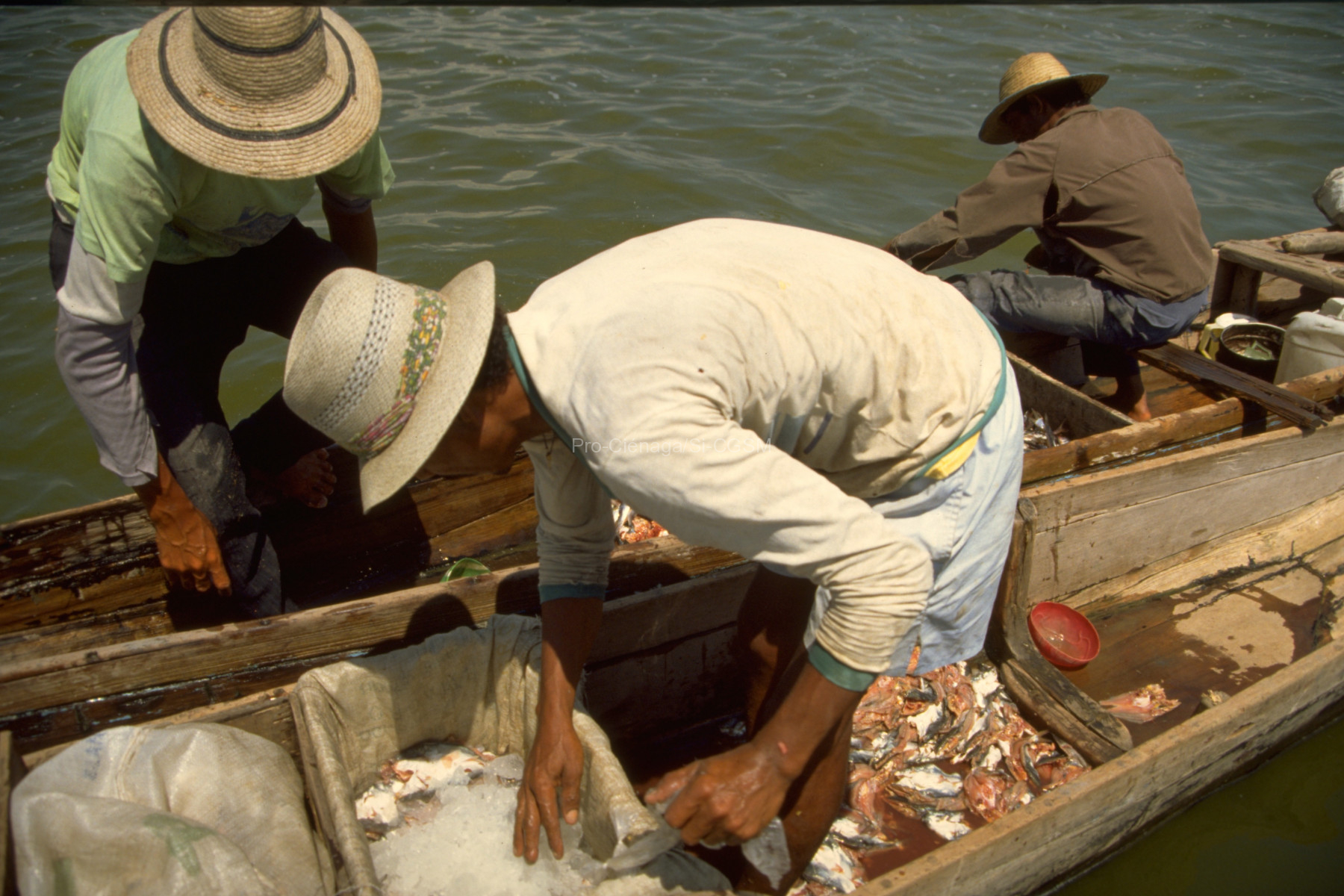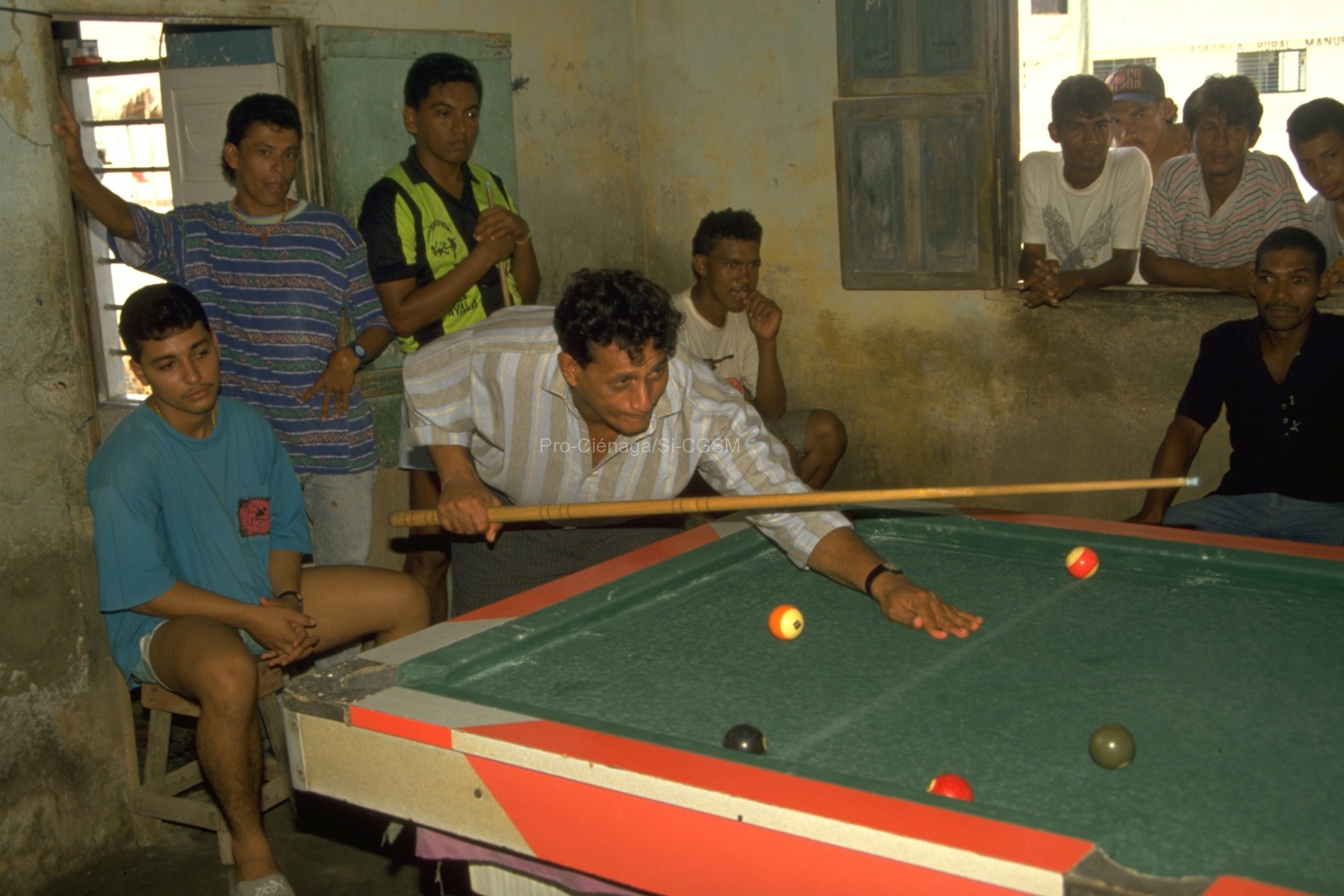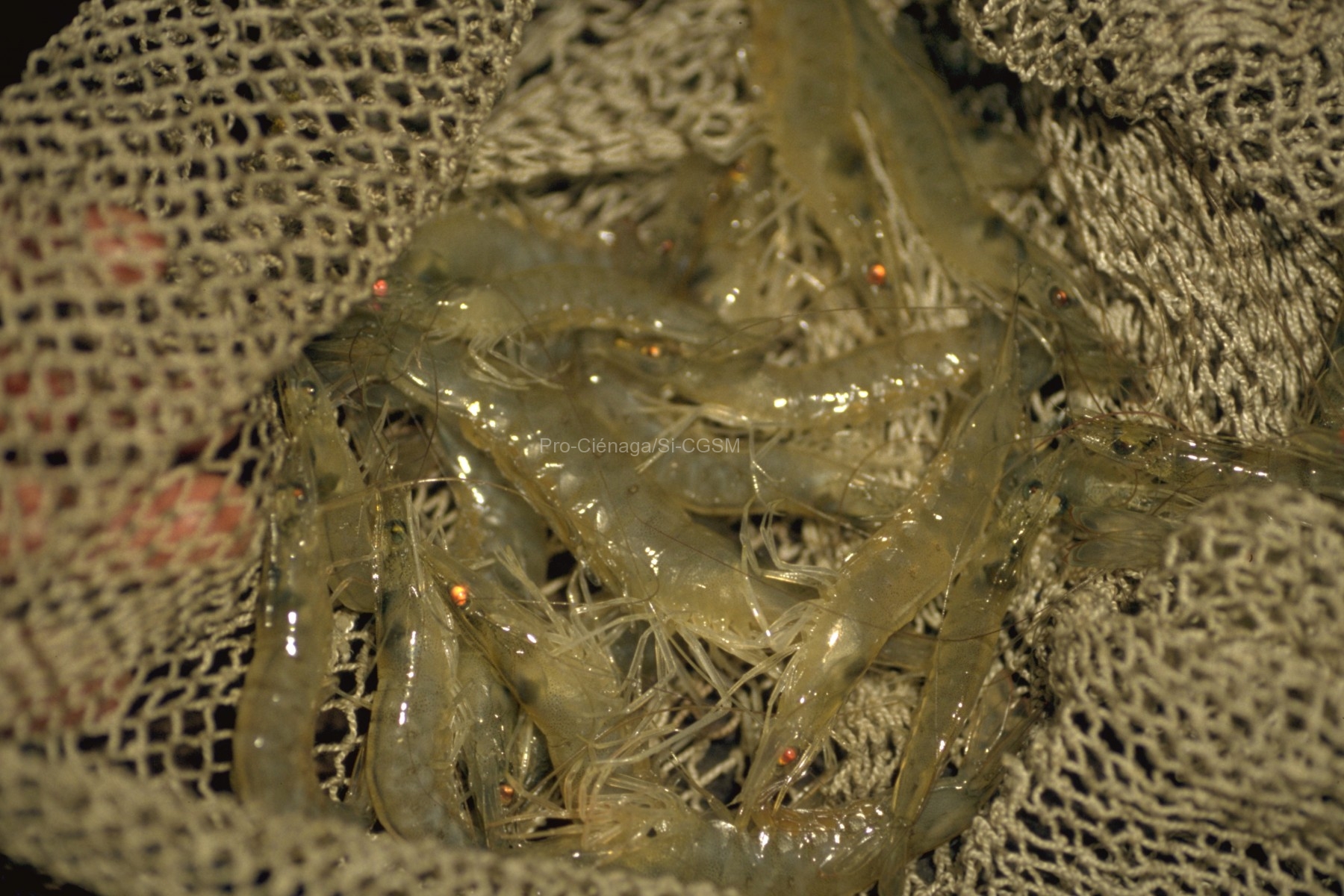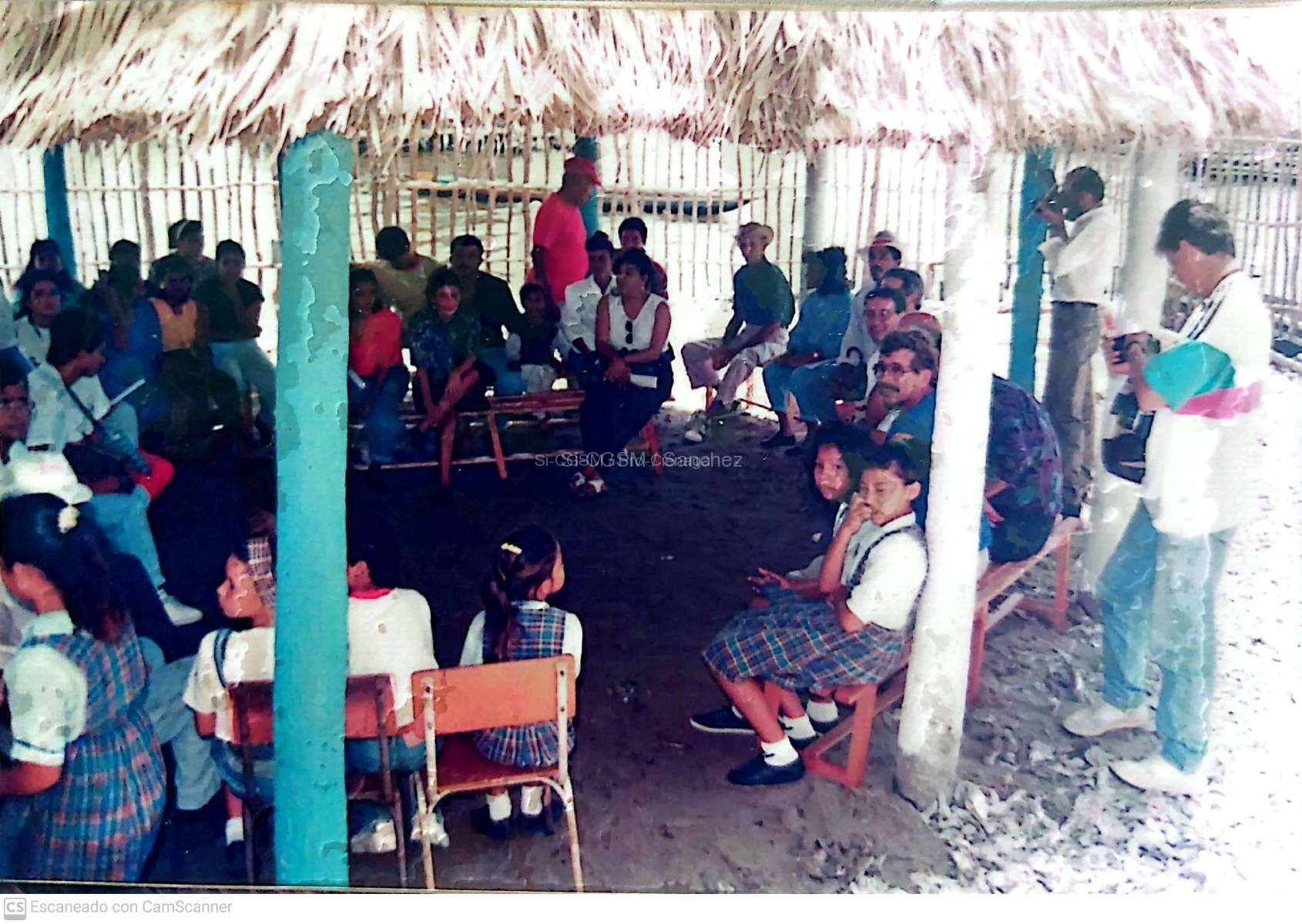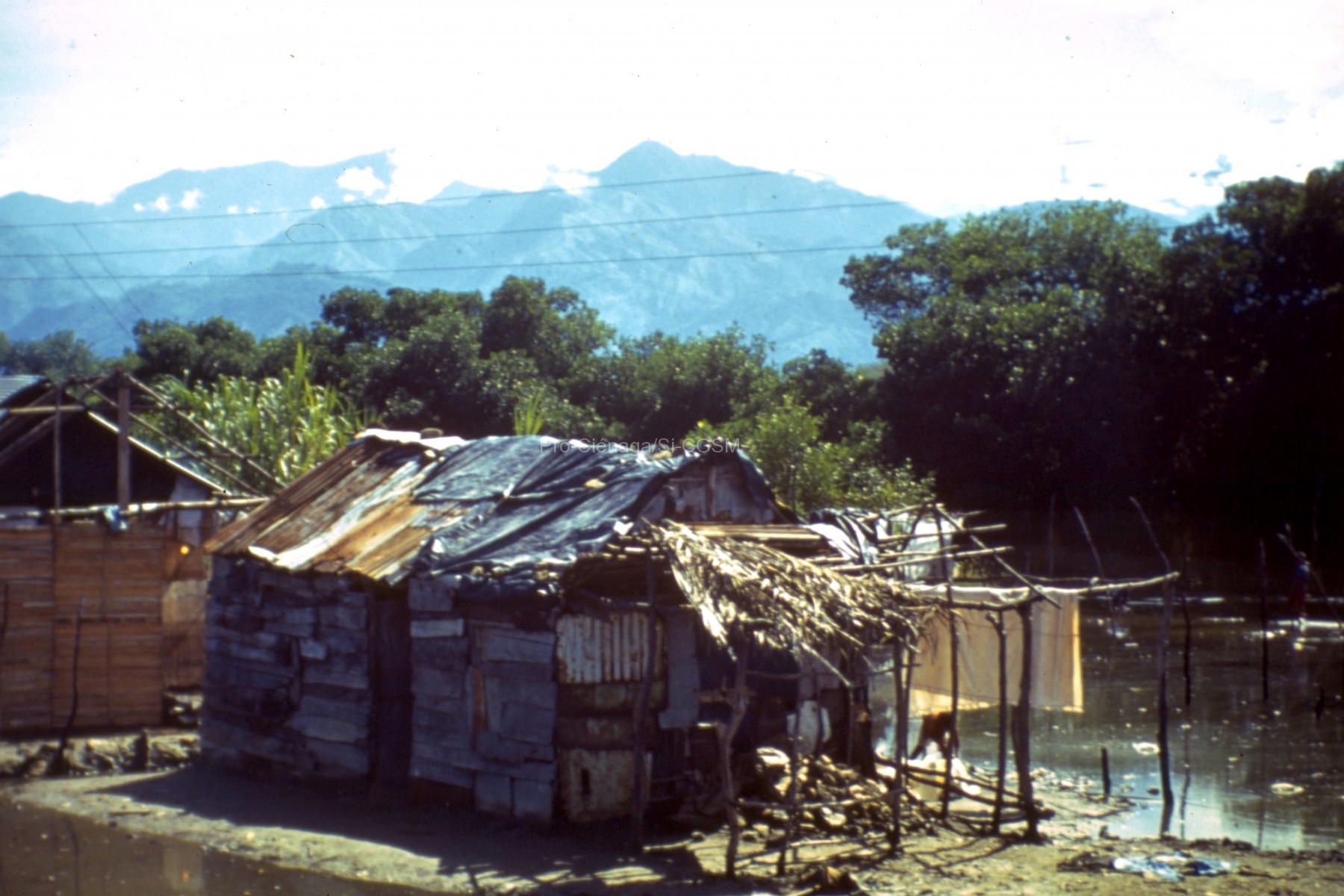https://onlinelibrary.wiley.com/doi/abs/10.1002/iroh.3510680606
Primary production and decomposition of organic substances were investigated in a tropical lagoon during the rainy season. Production and mineralization were measured using the oxygen method. Total bacteria numbers and biomases were estimated with epifluorescence microscopy, and the enzymatic degradation capacity of model substrates was determined photometrically. These parameters were measured in the water and sediment of the lagoon itself and also in its effluents and incoming waters. The aim of the study was to determine the sites of highest microbial activity in the lagoon and to compare its activity with other constal water bodies. Since the shallow water lagoon contains a large amount of particulate matter, it was of special interest to study the degradation of this material and its influence on the microbial population. It was found that up to 14o/o of the bacteria colonized the particles and that 62o/o of the respiration originated in the particle fraction >8µm. Highest exoenzymatic activities were measured in the sediment and water of the mangrove bell. It is concluded that decomposition and conditioning of particulate organic matter play dominant roles in the recycling of organic carbon in the lagoon.

